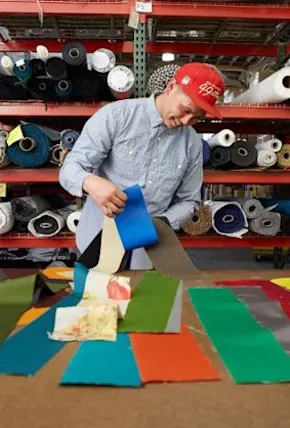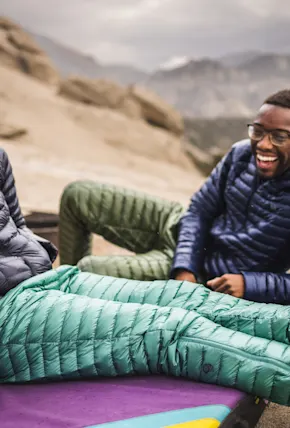The number of fashion and footwear brands making serious commitments to creating products that are sustainable and less wasteful continues to grow by the day (thankfully). From recrafting used gear and using earth-friendly natural materials like hemp and other biodegradable fibers to practicing ethical sourcing and production and utilizing regenerative sources like sugarcane, each practice, while never perfect, is valid in turning the giant wheel of manufacturing forward towards a more responsible future.
Beloved Swedish brand Fjällräven is following suit with the Samlaren collection, a newly launched initiative using deadstock material leftover from the brand's own mills and factories to reproduce classic silhouettes in fresh, limited-edition colorways.














